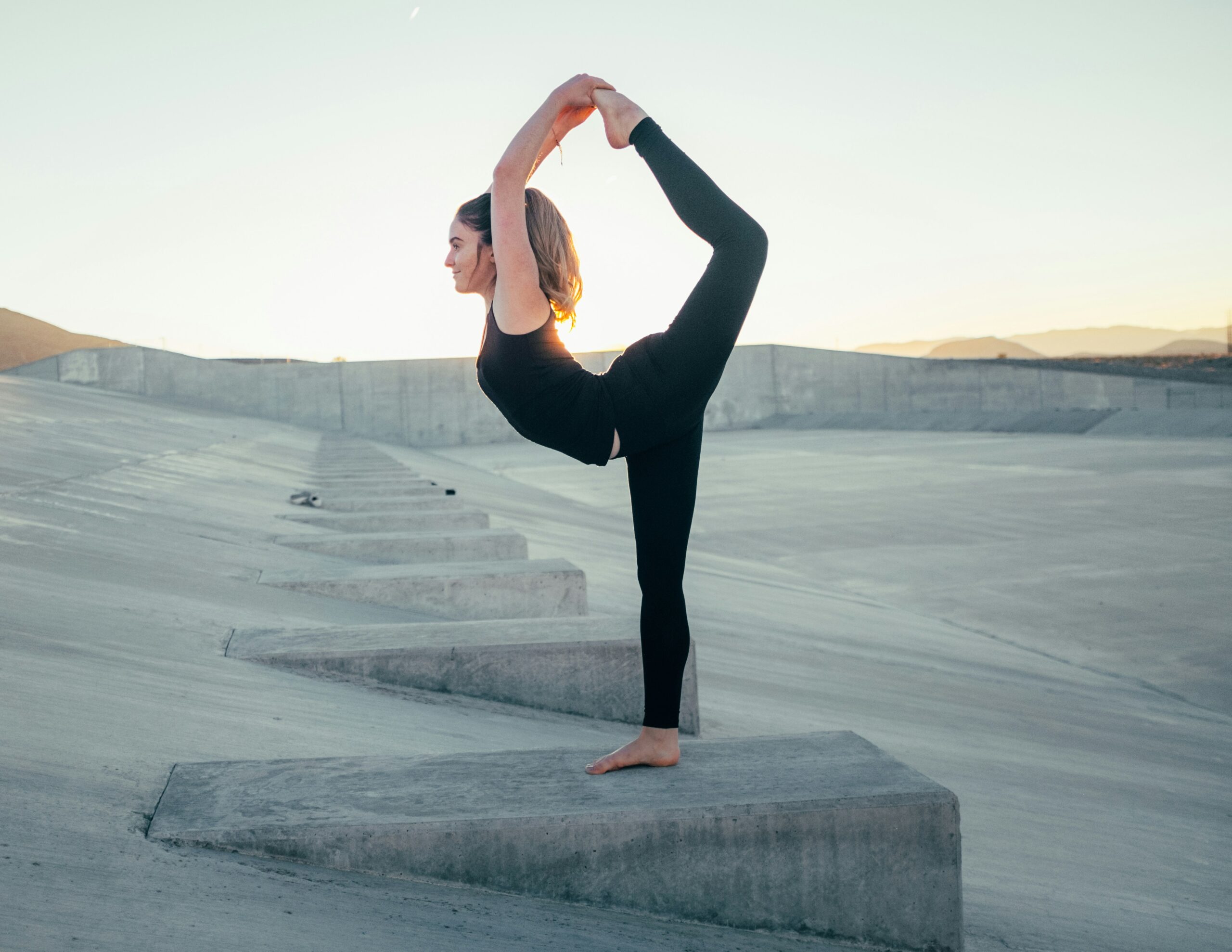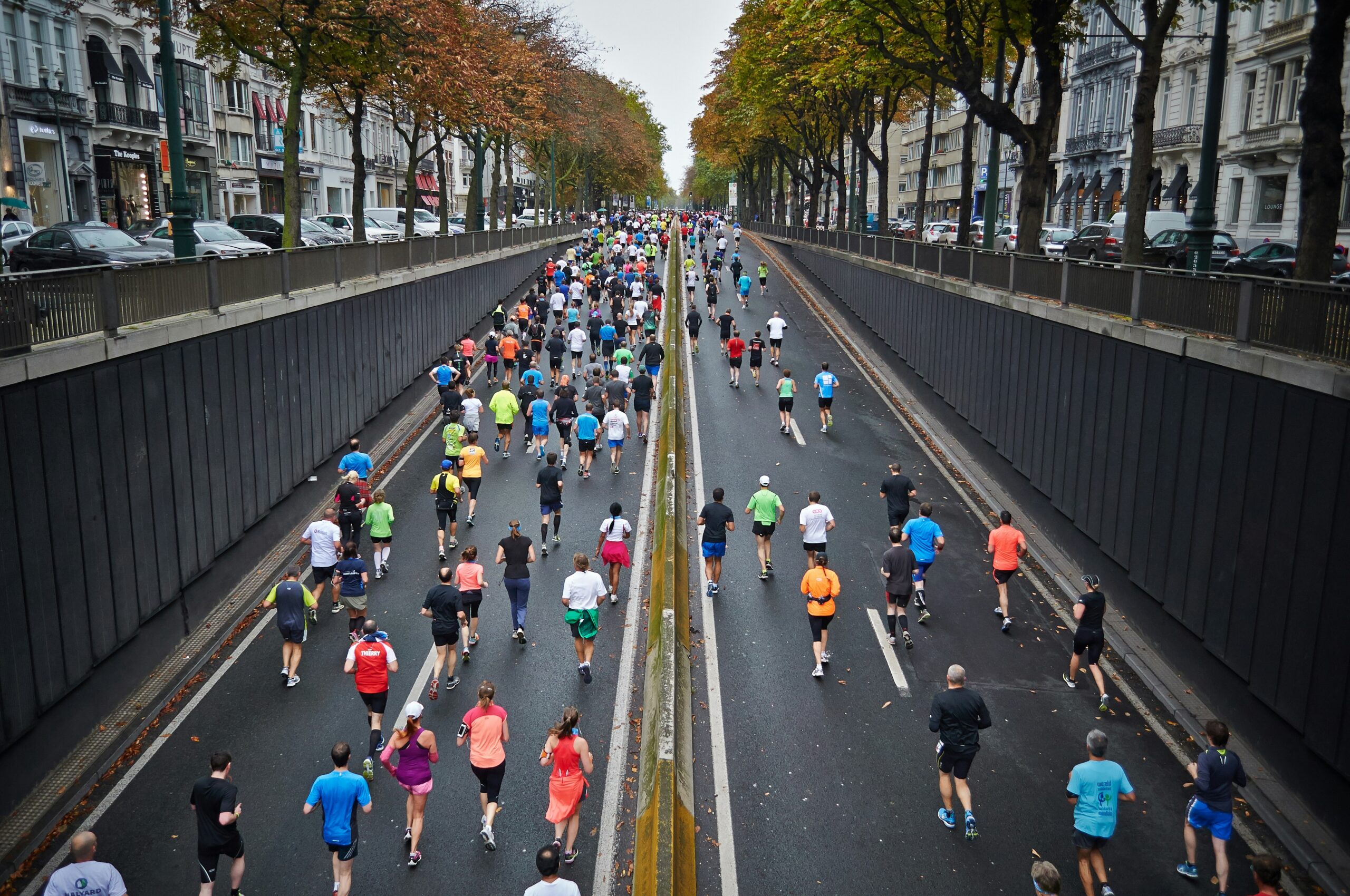Understanding Flexibility and Its Benefits
Flexibility is a critical aspect of physical health, encompassing the range of motion in joints and muscles. It refers to the ability of a muscle or muscle group to lengthen passively through a range of motion. Achieving and maintaining flexibility not only enhances athletic performance but also plays a vital role in various daily activities. For athletes, improved flexibility can lead to better execution of movements, increased agility, and greater power in performances. When the muscles and joints are sufficiently flexible, they can operate more efficiently, reducing the likelihood of injuries during physical exertion.
One of the notable benefits of flexibility is its positive impact on posture. Individuals with greater flexibility tend to have better postural alignment, which can alleviate discomfort and reduce strain on the spine. A flexible body supports proper alignment and functioning of the musculoskeletal system, making it easier to maintain balanced and healthy postures throughout the day. This is particularly important in today’s modern society, where many people spend prolonged periods sitting and engaging in repetitive movements, often leading to muscle imbalances and tension.
Furthermore, flexibility significantly contributes to injury prevention and recovery. When muscles and connective tissues are flexible, they are less prone to strains and tears, which are common in both athletic and non-athletic individuals. Engaging in regular flexibility training, such as stretching exercises, can help prepare the body for both physical activity and everyday tasks, allowing for smoother movements and reducing the risk of overexertion. In addition, after experiencing an injury, maintaining and working on flexibility is crucial for a full recovery, as it aids in restoring normal movement patterns and alleviating stiffness.
Overall, the importance of flexibility cannot be understated; it is essential for enhancing athletic skills, improving daily function, and securing a healthier, more active lifestyle.
Types of Stretching Techniques
Various stretching techniques serve different purposes and can significantly contribute to enhancing flexibility and reducing injury risk. Among the most widely recognized methods are static stretching, dynamic stretching, and proprioceptive neuromuscular facilitation (PNF). Each technique has unique features and benefits that cater to specific physical activities and individual needs.
Static stretching involves holding a stretch in a comfortable position for an extended period, typically ranging from 15 to 60 seconds. This technique is best performed after engaging in physical activity, as it helps to enhance flexibility by elongating muscle fibers and promoting relaxation. Research indicates that static stretching can lead to improved range of motion over time, making it an essential component of post-exercise routines.
Dynamic stretching, on the other hand, involves controlled movements that gently take the muscles through their full range of motion. This technique is particularly advantageous as part of a warm-up routine before engaging in physical activities that require strength, power, or agility. Dynamic stretches, such as leg swings and arm circles, help to activate the muscles, increase blood flow, and promote overall functional flexibility. Studies have shown that dynamic stretching can reduce injury rates by preparing the muscles and joints for more rigorous movements.
Proprioceptive neuromuscular facilitation (PNF) is a more advanced stretching technique that improves flexibility by combining both stretching and contracting of the targeted muscle group. This method typically involves resistance from a partner or equipment and is often used in rehabilitation settings. PNF stretching facilitates greater increases in muscle length and range of motion, as it encourages deeper stretching of the muscle fibers. The science behind this method indicates that alternating between contraction and relaxation increases neuromuscular efficiency, making it a highly effective technique for improving flexibility.
In conclusion, understanding these various stretching techniques helps in selecting the most appropriate method that aligns with individual fitness goals and needs, thereby enhancing flexibility and minimizing the risk of injuries.
Incorporating Flexibility Training into Your Routine
Integrating flexibility training into your fitness regimen is essential for enhancing your overall performance and reducing the risk of injuries. To effectively incorporate stretching and flexibility exercises into your routine, it is important to establish specific times for these activities. Ideally, stretching should occur during both your warm-up and cool-down phases of a workout. During your warm-up, dynamic stretching can be particularly beneficial, as it prepares your muscles for the upcoming physical activity. Spend approximately 5 to 10 minutes performing movements that mimic the motions of your planned exercise, such as leg swings or arm circles.
Post-workout, engage in static stretching, holding each stretch for about 20 to 30 seconds. This period allows your muscles to relax and elongate, improving flexibility and aiding in recovery after exertion. Consider incorporating flexibility exercises at least 2 to 3 times a week, ensuring that you target all major muscle groups, including the hamstrings, quadriceps, hip flexors, shoulders, and back.
To accommodate varying fitness levels, it is helpful to establish a scheduling system. For beginners, a simple routine may involve holding stretches at a comfortable level of intensity without overstretching. Intermediate practitioners might introduce more advanced techniques such as PNF (Proprioceptive Neuromuscular Facilitation) stretching, where a partner assists in pushing against the muscle being stretched. Advanced athletes can benefit from regular yoga sessions or Pilates that focus on enhancing flexibility alongside strength and balance.
Real-life examples of successful integration can be seen in various sports. For instance, dancers often incorporate stretching into their daily practices, yielding remarkable improvements in their range of motion and overall performance. Whether one participates in recreational activities or competitive sports, committing to regular flexibility practice can yield significant health benefits, promoting greater mobility and a lower risk of injuries.
Measuring and Tracking Your Flexibility Progress
Assessing flexibility is a pivotal aspect of understanding and improving one’s range of motion. Various methods are available to measure flexibility, allowing individuals to evaluate their current levels and set achievable goals. One common technique for self-testing is the sit-and-reach test, which measures hamstring and lower back flexibility. To perform this test, one sits on the floor with legs extended and reaches toward the toes, measuring how far the fingertips extend beyond the toes.
In addition to the sit-and-reach test, some individuals may choose to use tools designed for flexibility assessment. Devices such as goniometers, which measure joint angles, can provide precise data on flexibility at specific joints. These measurements can help identify areas requiring improvement, facilitating targeted stretching routines. Other tools include flexibility assessment apps that record progress through video technology. By recording a video of stretching exercises, individuals can visually track improvements over time.
Tracking flexibility progress is essential for motivation and goal-setting. By consistently recording results, individuals can see tangible evidence of their efforts, which can serve as a psychological boost that encourages perseverance. Setting realistic flexibility goals is also crucial. Rather than aiming for immediate significant improvements, individuals should focus on incremental advancements that can be achieved over time. This not only promotes ongoing commitment but also enhances overall well-being.
Keeping a training journal can further support flexibility training efforts. Documenting various workouts, stretches attempted, and improvements noted allows for reflection on one’s journey. The continuous recognition of personal progress and achievements cultivates a positive mindset, reinforcing the desire to maintain and develop flexibility. By employing these measurement techniques, individuals may better understand their flexibility levels and stay motivated in their journey toward improved physical health.


